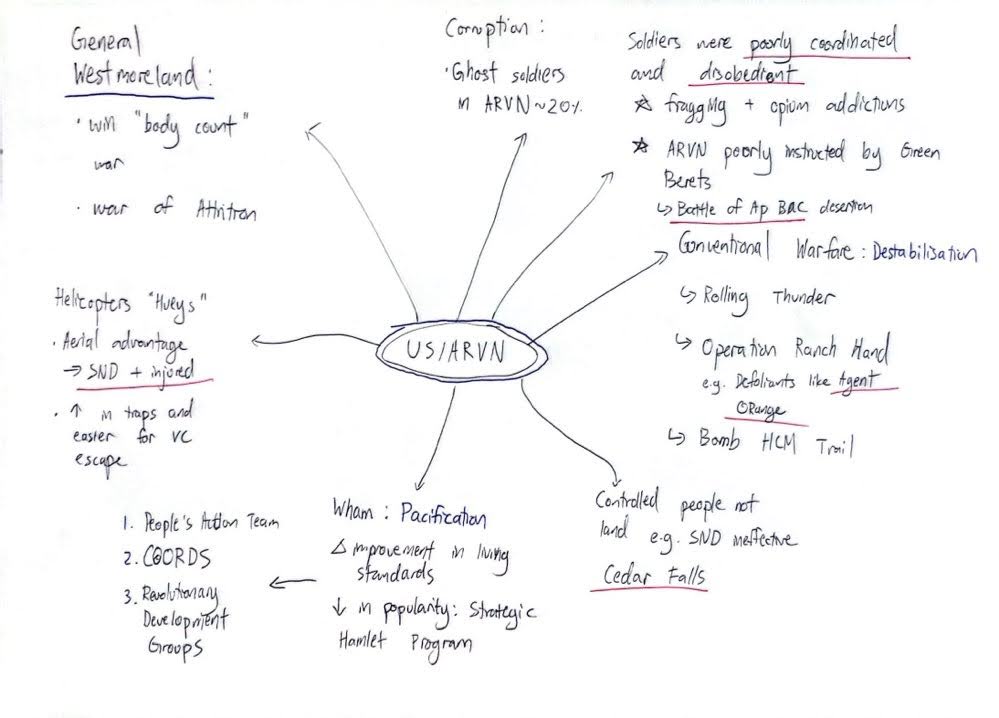Change your location
To ensure we are showing you the most relevant content, please select your location below.
Select a year to see courses
Learn online or on-campus during the term or school holidays
Learn online or on-campus during the term or school holidays
Learn online or on-campus during the term or school holidays
Learn online or on-campus during the term or school holidays
Learn online or on-campus during the term or school holidays
Learn online or on-campus during the term or school holidays
Learn online or on-campus during the term or school holidays
Get HSC exam ready in just a week
Select a year to see available courses
Science guides to help you get ahead
Science guides to help you get ahead
Want to turn your notes into powerful study tools? Matrix Scholarship student Jude shares how he takes notes like a teacher to master content, not just memorise it.

Join 75,893 students who already have a head start.
"*" indicates required fields
You might also like

Join 8000+ students each term who already have a head start on their school academic journey.
Want to know the best note-taking techniques for your HSC or VCE exams?
Imagine your favourite teacher – someone who explains so effortlessly, answers questions with clarity, and brings passion to the process of learning. How do they do it?
Their mastery of the subject is not a gift. It’s the product of engaging and learning from different resources. Teachers can’t afford to cram, nor to recite from a textbook. They have to ensure a deep understanding and the ability to communicate ideas effectively.
They have to be prepared to re-explain, simplify, and answer questions they never even considered.
What if you adopted the same mindset?
What if you replaced your mindset of learning with the mindset of teaching?
What if you stopped taking notes to memorise, but to teach?
Table of contents:
Most students approach note-taking in the wrong way:
Most of the traditional note-taking styles are limited, as they are plagued by low-order skills on the Bloom’s Taxonomy, e.g. remembering as opposed to evaluating
Teachers don’t just take notes, they interact with them. This involves:
As American physicist Richard Feynman rightfully said, “Notes aren’t a record of my note taking. They are my thinking process.”
For our study of the Conflict in Indochina (1954-1979), my note-taking process had to be adapted to fit the demands of writing detailed and complex essays. This included a mix of handwritten notes and typed notes.
This big shift in my learning process came from asking my Matrix teachers how they teach; they were the ones who introduced meta-learning (learning about learning) and how to rethink note-taking.
Let me walk you through my four phases of note-taking, with my own study process as an example.
Try Matrix for free!
Curious about Matrix? Try a class risk-free and see how Matrix can help you succeed.
Throughout the term, it is essential to jot down notes and questions from multiple modes (YouTube explanations, historical encyclopedias, different textbooks and documentaries).
My questions focused on answering details and relationships. For example, “What escalated US involvement from the Advisory Period to the Counterinsurgency Role?”, “What was the difference between Agrovilles and Strategic Hamlets?”
For example, I used Mind Maps and Flow Charts to define key terms and major concepts.



By structuring into common themes, I reorganised statistics, quotes and details into common themes (social, political, economic, military). This facilitated the transition to writing essay plans while still using shorthand to maximise efficiency.
In this phase of doing practice papers, update your notes with new questions and example questions to remember how to respond to different action words. Simultaneously, I kept a doc to collate different sources, e.g. historian quotes or for submitting essays and essay plans to friends and teachers.
I responded to different questions on Practice Planning Sheets with the focus of crafting nuanced theses and topic sentences. After I was done, I would blurt out relevant information and fill in additional details in another colour.
This exposed me to a variety of questions and encouraged me to reshape my knowledge into the structure of an essay.
Example:
| 2022 HSC (A) | Why did the USA withdraw from Vietnam? |
| Thesis | The United States’ 1973 withdrawal from Vietnam in the Second Indochina War was the culmination of its countless blunders in military strategies and tactics, as well as the deteriorating social and political home front. |
| Paragraph 1 | Inexperienced with the fighting conditions of Vietnam, the US-ARVN reliance on their strategy of conventional warfare was insufficient in reaching the “tipping point” of weakening the NVA-NLF resolve. |
| Paragraph 2 | Anti-war movements rose to prominence in response to the revealed brutalities in Vietnam, questioning the efficacy and ethicality of US intervention. |
| Paragraph 3 | In response to such social instability, the Johnson Administration’s popularity and funding deteriorated, prompting Nixon’s withdrawal through Vietnamisation. |
Initially, I found note-taking to be too tedious and time-consuming. I doubted its purpose and efficacy, considering the breadth of resources that were already available. Now, I consider note-taking as a means of actively engaging and breaking down information.
Instead of recording information, I prioritise articulating and thus simplifying concepts and relationships. To those struggling with note-taking, I highly recommend you use your notes to:
So next time you struggle to recall information in an exam, don’t blame your memory; reconsider your method.

Expert teachers, detailed feedback and one-to-one help. Book your free trial today and join a class!

"*" indicates required fields
Written by Guest Author
We have regular contributions to our blog from our Tutor Team and high performing Matrix Students. Come back regularly for these guest posts to learn their study hacks and insights!© Matrix Education and www.matrix.edu.au, 2023. Unauthorised use and/or duplication of this material without express and written permission from this site’s author and/or owner is strictly prohibited. Excerpts and links may be used, provided that full and clear credit is given to Matrix Education and www.matrix.edu.au with appropriate and specific direction to the original content.